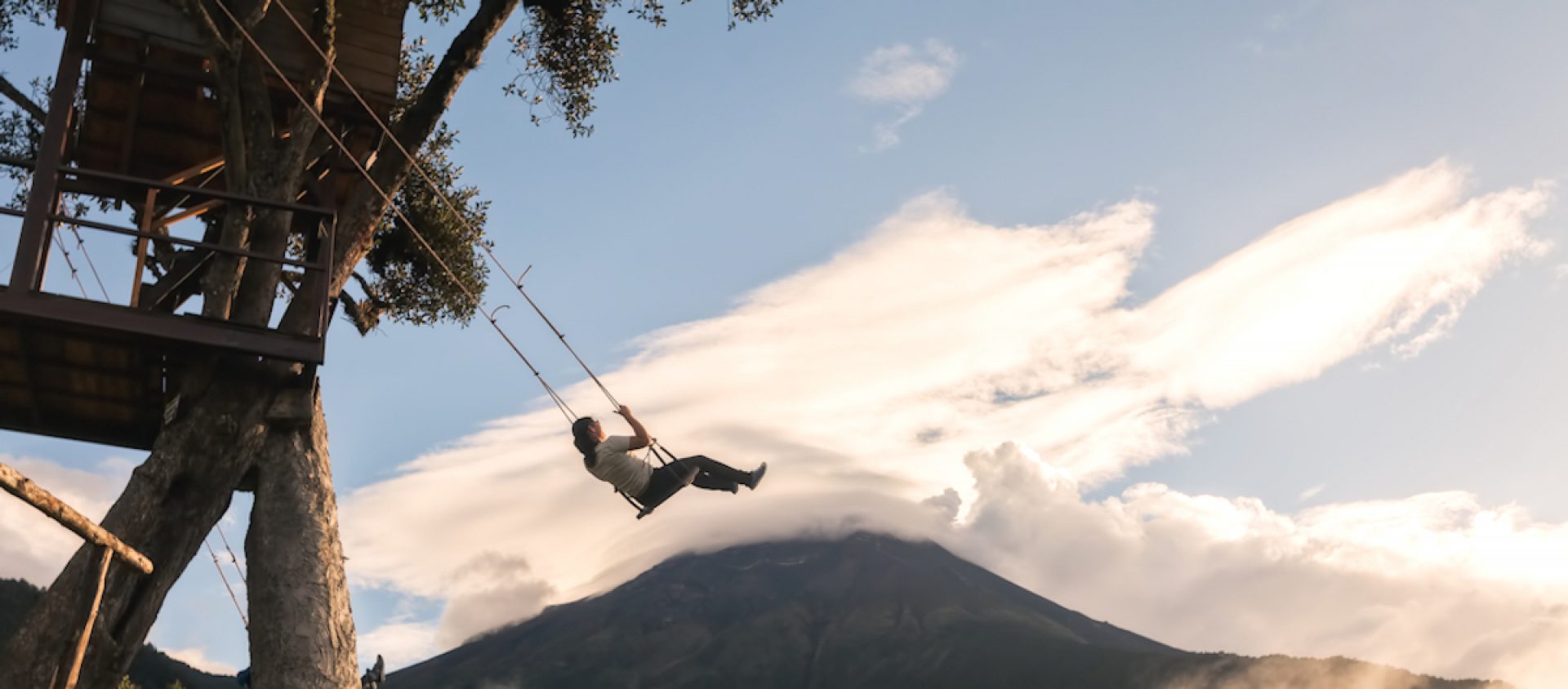Yesterday I found my research self and my fiction-writing self in perfect synchrony.
My research self is looking at old tales newly told, from a number of angles. I’m focusing very closely on how writers build the world for their novel. One of my favourite techniques is to look at the various roles food and foodways play. There’s not enough work in this field for me to rest on the work of others, so I spend a lot of my time in an alert state, watching different kinds of narratives and checking the role food and foodways play so that I can deepen my research.
Over time, this alert state has given me a lot of questions that need answering. For instance, in K-drama, there are a number of ways people drink and they are connected to different drinks The most formal ‘proper’ way of drinking was easy to determine, but it wasn’t until I obtained flavoured soju and drank some that some of the more casual ways people drank became clearer. Flavour, mouthfeel, level of alcohol all play as much of a part in how characters drink on K-drama as tradition and courtesy.
For my fiction, I begin with recipes and the food itself. Then I start thinking about what the appropriate ways of presenting the food are. This approach was sparked 30+ years ago when a favourite writer had people throw food that would have been dripping with honey, in a social group that has given us no historical evidence for treating food that lightly. Several possible messes entered into my visualisation of the scene: honey everywhere, and the very important personages acting as ill-disciplined overgrown children. I talked to the writer about the scene and she had not considered either aspect. The throwing was in the modern American cultural sense of being light-hearted and the characters were demonstrating how close they were to each other.
This was the first time I discovered just how much of our own culture we place in our constructed worlds and how, unless we consider things really carefully, we echo what we think we know and it is our own way of doing things.
I started to do two things at that point.
The first was to find out what my own cultural nuancing is and where it comes from. How do I assume people eat and drink in various circumstances?
Just like almost every other fiction writer, I draw the worlds for my novels from places I’m always ready a bit familiar with and many of them echo my life and experience. The difference is that I do this while aware. That state of alert becomes increasingly handy. I watch television and go to movies partly to continue this dialogue with myself.
This helps inform the second thing I do, which is research and teach. My most recent research thingie (I hate the words “outcome’ and ‘output’; ‘research monograph’ doesn’t work when the book is available very cheaply to anyone who wants to read it and is written in ordinary English) is, of course, Story Matrices. (At this point I’m supposed to remind everyone that it’s Hugo eligible and to suggest that you think of nominating it. I normally don’t do this, but in the case of Story Matrices, I want people to read it and they can’t read it if they don’t find out about it and the Hugos are a really good way of letting people know a work exists and that it’s worth a look.)
So how did everything come together? The soju and my thoughts about it gave me an ‘aha!’ moment for my research. One of the writers I’m focusing on always gives precise cultural places for drink, another does but they’re historically incorrect, and the third doesn’t at all.
This ‘aha!’ moment made me realise I have not worked on drink for either of the novels that I’m slowly, slowly writing. The novels will be out way after the new research, because the new research takes priority, due to there being income attached. I do love it, though, when they talk to each other while I imbibe someone else’s foodways.
